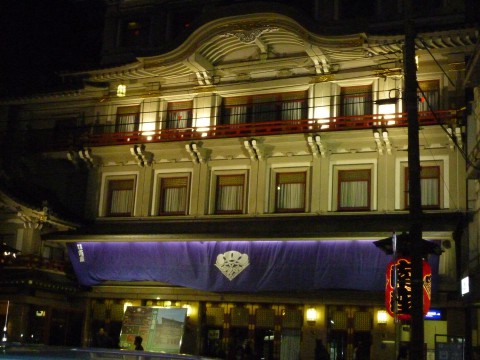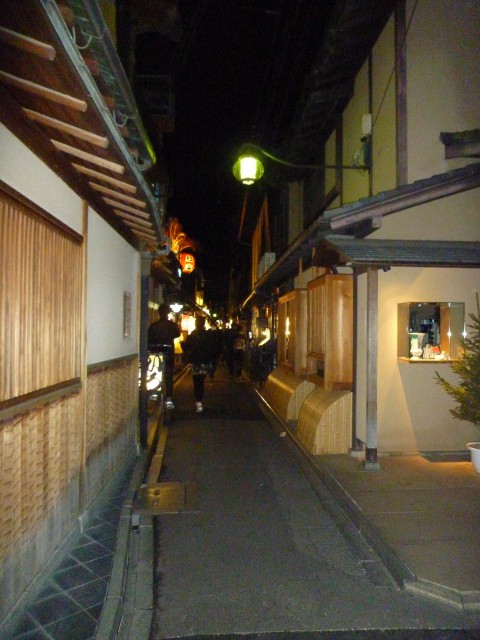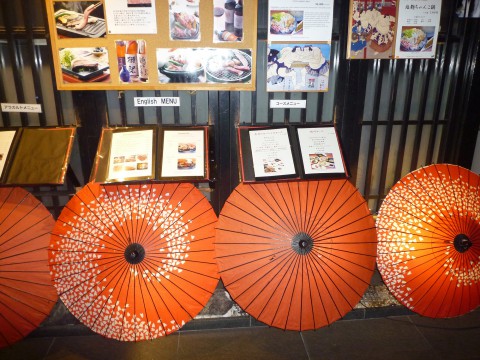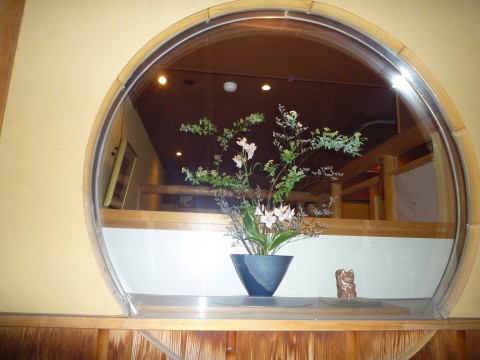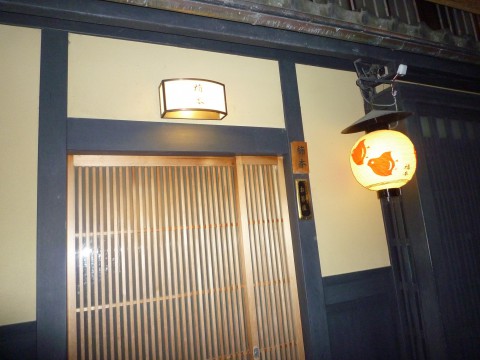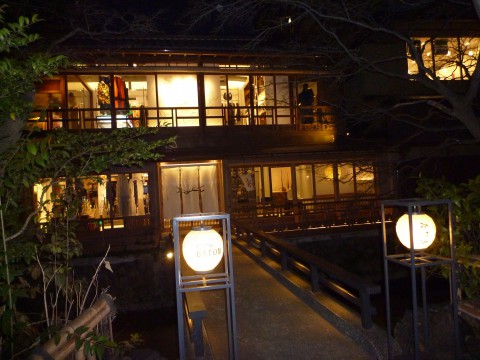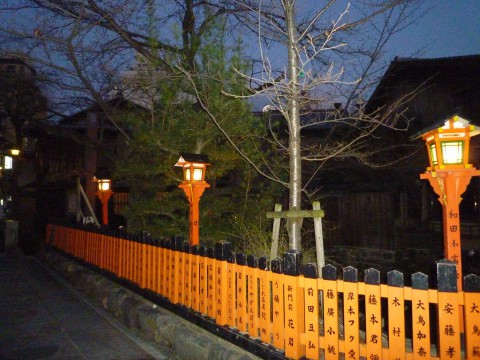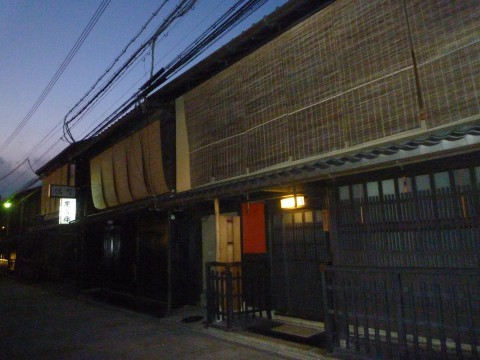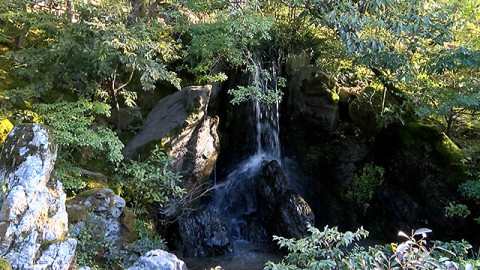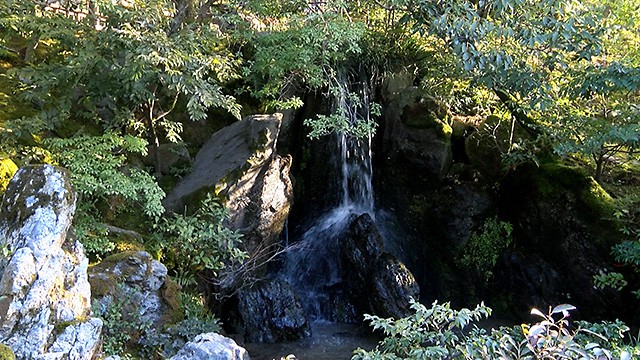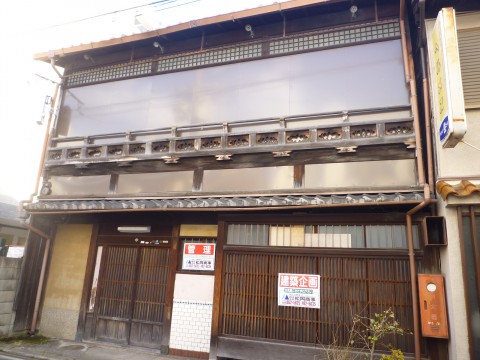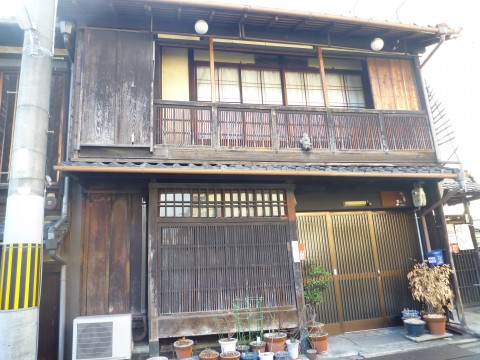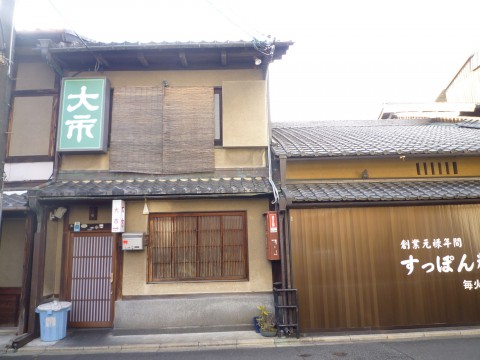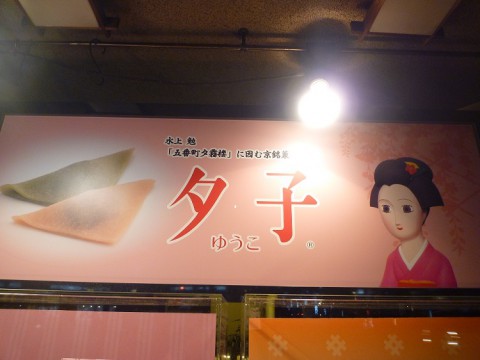Unknown behind-the-scenes of Kinkakuji Temple
2016.07.04
We have released a few videos of Kinkakuji Temple on this website lately.
In fact, these videos were taken early in the morning before tourists enter, with exceptional permission by Kinkakuji Temple. So they are quite precious videos.
There is no Japanese who does not know this Kinkakuji Temple but its behind-the-scenes seems to be relatively unknown.
Therefore, I will introduce some facts learned through this filming and interview as follows.
#1 There are about 100 workers at Kinkakuji
#2 Every morning before the temple opens, cleaning of the whole garden and restoration of
Kinkaku are done
#3 I thought that there were many cherry trees there but few. Instead, there are many
maples trees so autumn might be the best season for visiting
#4 The gold foils put on the Kinkaku are five times thicker than normal ones and 200,000
pieces are used in total.
#5 There is a grave of Jozo Kisho in front of the visitor reception. Jozo was a monk in Heian Period, and it is said that he had psychic powers. A float called “Yamabushi-yama” for Gion Festival represents that he starts ascetic training in Mt. Omine.
(H.S)


